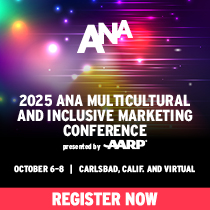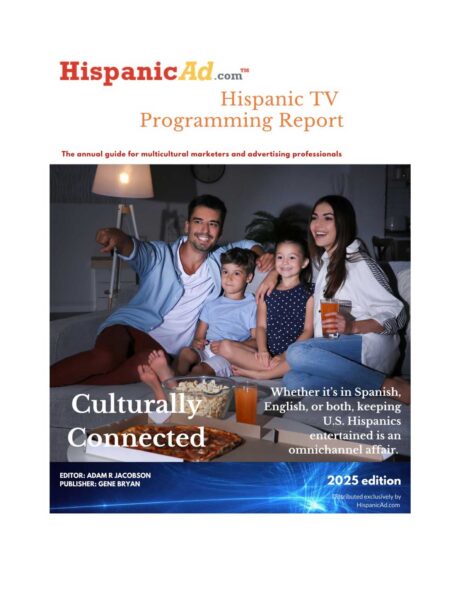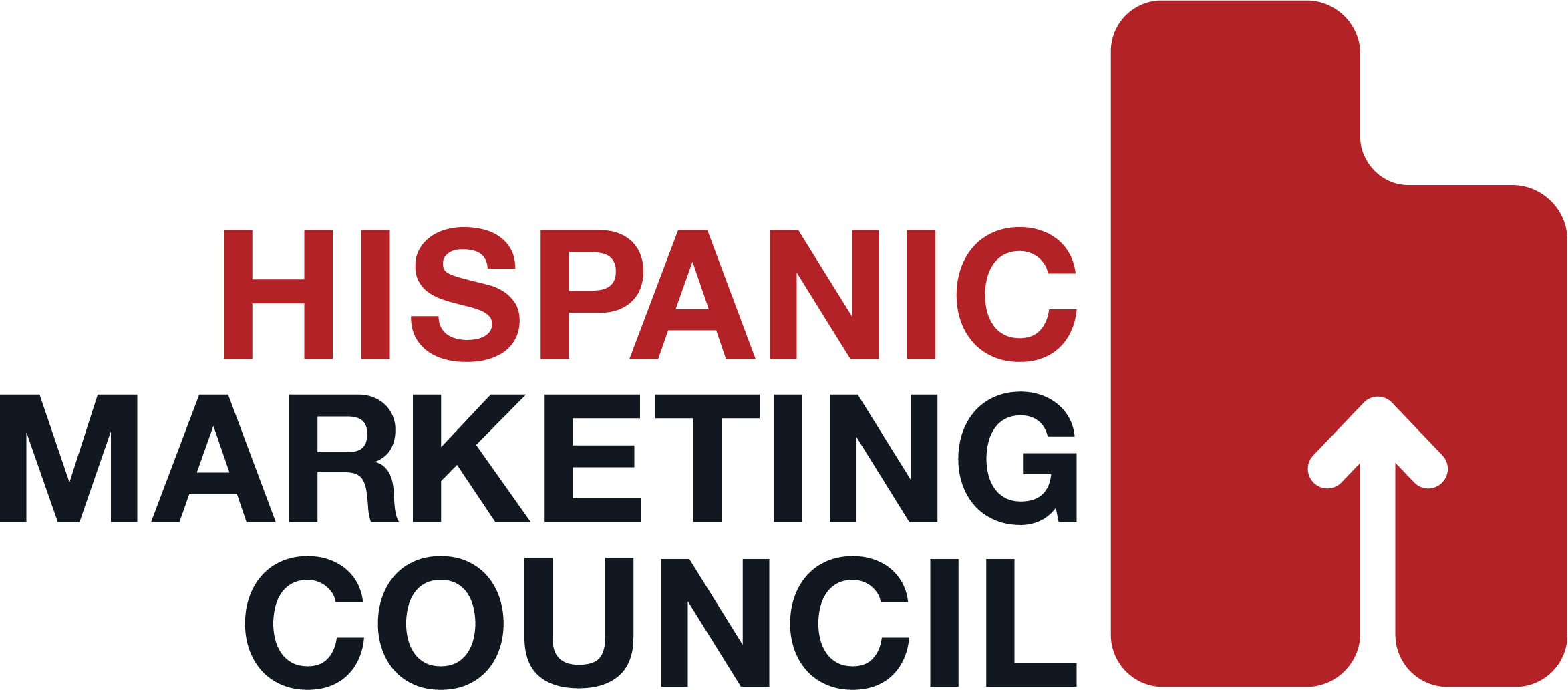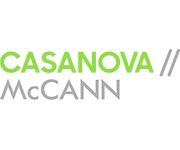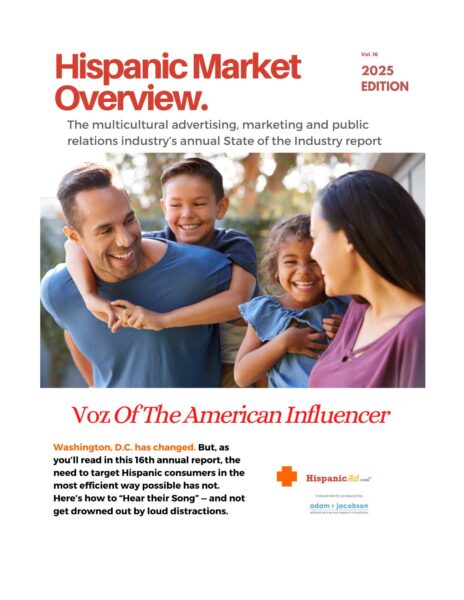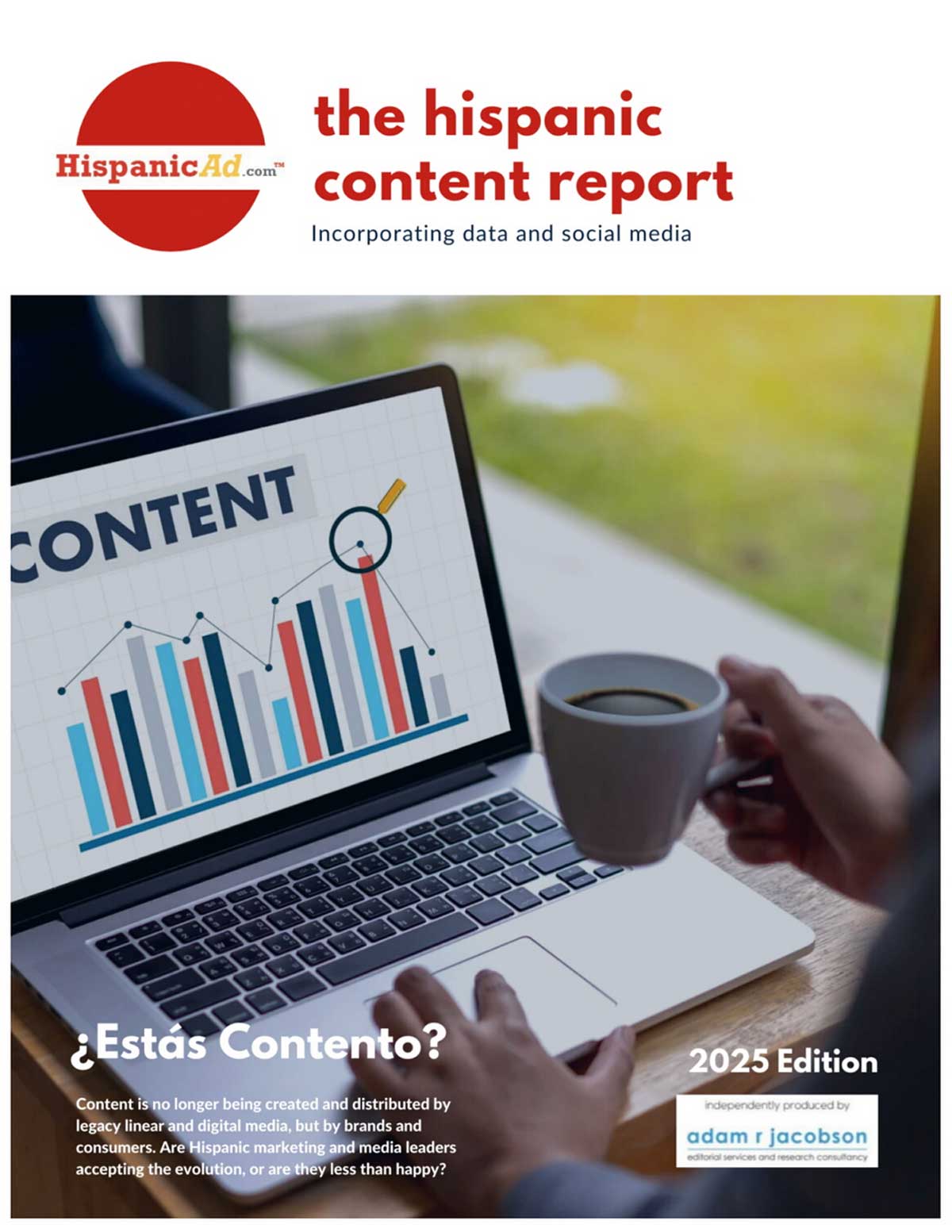Way Beyond Blogging: US Mothers’ Likes and Dislikes on Social Media
October 24, 2015
 Maria Bailey – CEO / BSM Media; Author of “Millennial Moms: 202 Facts Marketers Need to Know to Build Brands and Drive Sales”
Maria Bailey – CEO / BSM Media; Author of “Millennial Moms: 202 Facts Marketers Need to Know to Build Brands and Drive Sales”
The digital landscape has changed drastically from the height of the mother blogging era. Mothers are now making strong waves on Pinterest, YouTube, Instagram, Twitter, and of course, Facebook. Maria Bailey, CEO of BSM Media and author of “Millennial Moms: 202 Facts Marketers Need to Know to Build Brands and Drive Sales,” spoke with eMarketer’s Alison McCarthy about the shifting behaviors of digital mothers and what that means for marketers.
eMarketer: What percentage of the household purchasing decisions do mothers currently make? How much do mothers spend annually as of 2015?
Maria Bailey: We’ve been calculating our annual spending figure since 2003, and since then we’ve said that mothers account for 80% of household buying decisions in the US. I think it’s declining slightly with millennial mothers, to around 77%, as fathers take on a slightly larger role—but it remains within that range.
We’ve calculated that US mothers spend around $3.1 trillion a year. It’s important to note that only one-third of millennial women have had children so far, so this number is going to climb significantly over the next 10 years as more millennial women start having families.
eMarketer: Mothers have a reputation of being early adopters when it comes to social media, but the social space is very different from what it was even just a few years ago. What are some of the newer social media channels that mothers are using? Which ones do you think have the most value for marketers?
“For many of the more traditional mother bloggers, live streaming [on Periscope] might be less intimidating and more convenient than creating their own videos for YouTube.”
Bailey: I think Pinterest is undervalued by marketers when it comes to mothers. Marketers put so much effort into Facebook—and mothers do follow brands on Facebook—but mothers are actually making purchases directly through links on Pinterest. There’s a lot of potential there.
YouTube has been an interesting one to watch. Lately I’ve see a new crop of influential mothers on YouTube, with huge audiences, who built followings as vloggers as teenagers. These YouTube influencers have huge power. And I expect Tumblr to grow with younger millennial mothers because many of them that are currently 18- to 24-years-old use Tumblr on a regular basis.
I’m also excited to see what mothers do on Periscope, and I think that for many of the more traditional mother bloggers, live streaming might be less intimidating and more convenient than creating their own videos for YouTube.
eMarketer: Do blogs still hold the power that they did a few years ago?
Bailey: I’m seeing an evolution in the mother blogosphere. Many of the bloggers who started out in the heyday of mother blogs are reclaiming their self-identity as their kids age, and they’re focusing less on mother-focused content and are instead shifting to lifestyle content.
However, I can’t honestly say that these blogs are as influential as they once were, especially for product reviews. I think that product reviews on blogs are helpful for SEO [search engine optimization] purposes, but marketers are overlooking the importance of product reviews on places like Amazon.
eMarketer: Can you talk a bit about the role that digital and social media influencers play in how mothers interact offline?
Bailey: We’ve found that mothers who are digital influencers online are also strong influencers offline, usually in their communities. They might be the president of the PTA, or own a small business or teach a class. Mothers get their information from multiple locations. I think they’re finding more and more information about products online, but face-to-face human interaction can never be replaced.
eMarketer: Can you give one example of a brand that is utilizing the power of digital and social media influencers successfully?
Bailey: I work with them so I may be biased, but I think Chick-fil-A does a great job. They have an ambassador group of over 1,000 mothers, recruited on a local level. These mothers are socially engaged online but nearly all of them have some kind of offline leadership role in the community. To me, that’s the winning ingredient—they’re talking to mothers online and offline.
“We’ve found that mothers who are digital influencers online are also strong influencers offline, usually in their communities.”
eMarketer: How are mothers watching digital video online?
Bailey: They’re shifting from watching traditional TV to watching Netflix, Hulu, Amazon and other platforms. Amazon stands out, because mothers can watch video and shop at the same time. They’re also watching a lot of video reviews about products on Amazon. As for the types of video content mothers like, they’re attracted to short, funny videos and short, how-to videos. Three to four minutes max.
And I don’t think that videos from brands even have to be professionally produced—it’s more important that the content is authentic.
eMarketer: What is the biggest stereotype marketers have when it comes to reaching mothers online?
Bailey: “Follow us on Facebook.” That’s a very one-sided way to approach a mother. Marketers forget that mothers want relationships with brands. They want a brand to talk back and start a conversation with them. It’s called social for a reason.
eMarketer: With so many brands targeting mothers online on every digital platform, the marketplace is becoming increasingly crowded. What key takeaway would you give to marketers to effectively stand out from the noise?
Bailey: Mothers want to feel empowered through relevant messaging. Provide them with a product that makes their life easier, and give them the tools to share their opinions about it.
Courtesy of eMarketer











